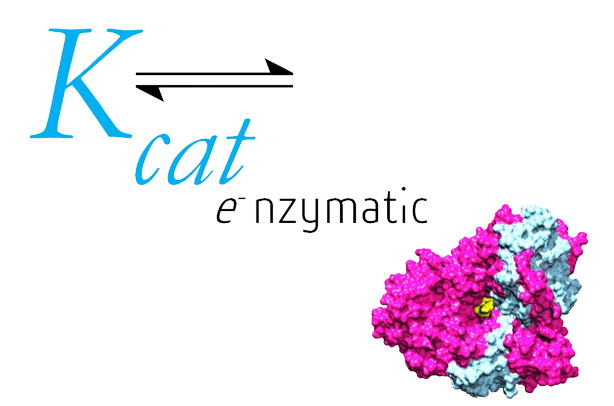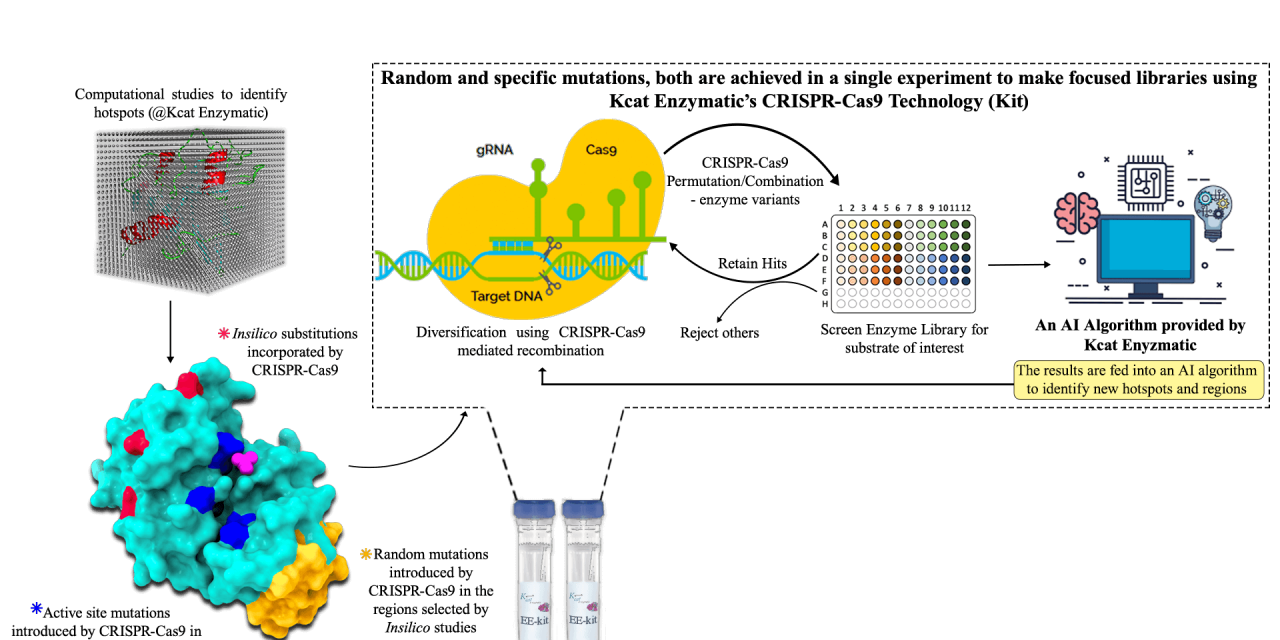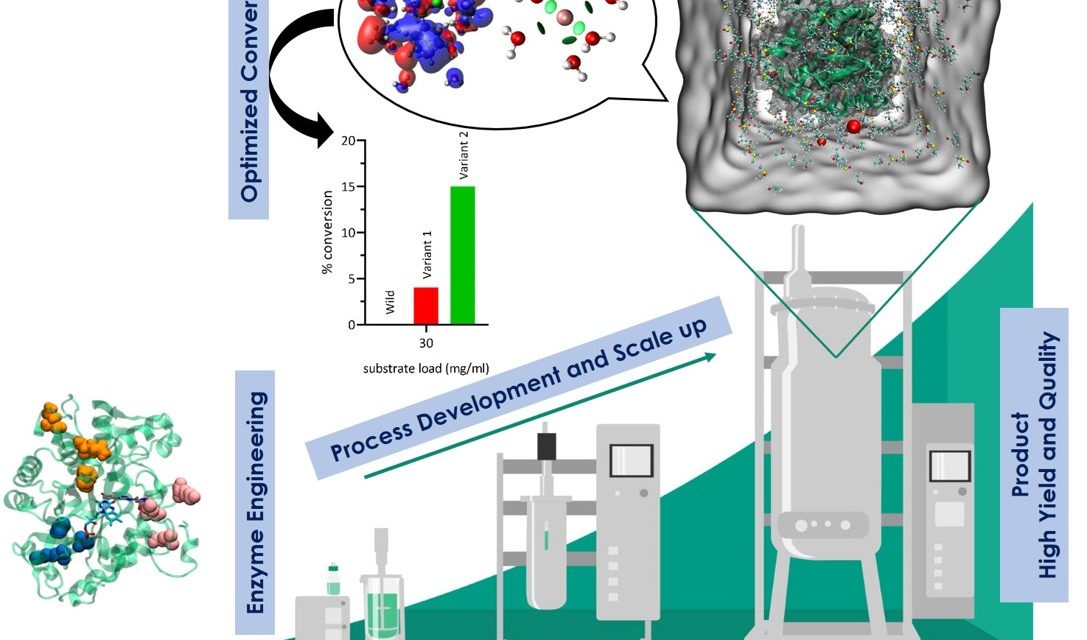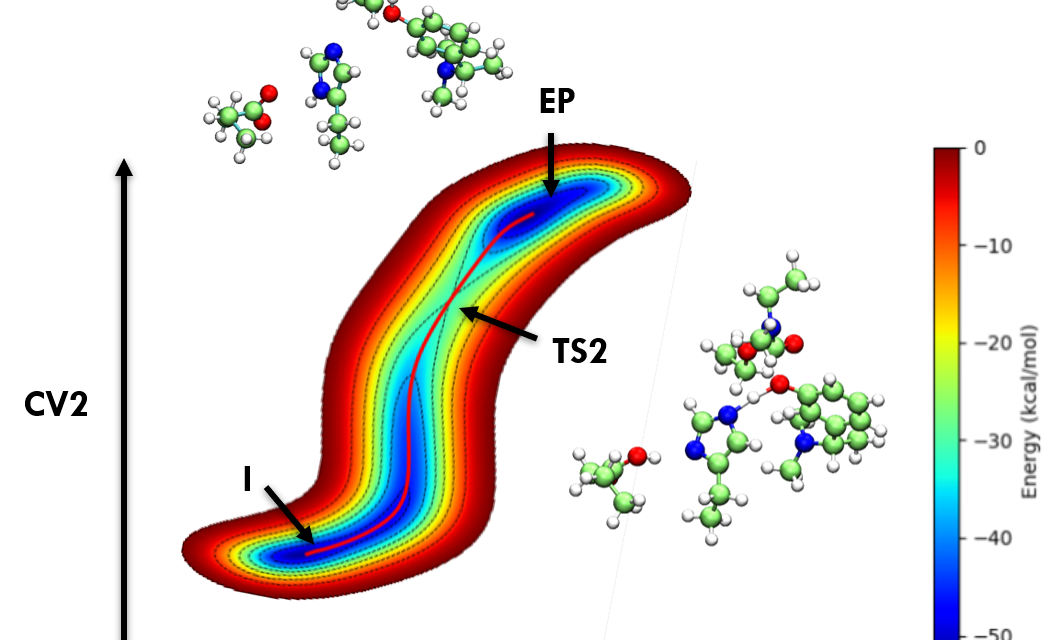A novel method to predict stereospecificity of Transaminases using spatial arrangement of residues in the active site and algorithm to predict ee% of transaminases for any given substrate. The study provides information on the molecular basis for engineering enzyme’s stereospecificity and a screening tool to derive focused libraries. (Under Review)
HomeAuthor
admin
The enzyme m1A22-tRNA methyltransferase (TrmK) from Staphylococcus aureus catalyzes the transfer of a methyl group to the N1 of adenine 22 in bacterial tRNAs. TrmK is essential for S. aureus survival during infection, but has no homolog in mammals, making it a promising target for antibiotic development. Highlights Molecular dynamics simulations point to specific motions...
In this study, we have conducted in-depth modelling studies, extended molecular dynamics experiments, and quantum chemical calculations to throw light on the structure-function relationship and its mechanism of enzyme action. A novel finding on second hydrogen abstraction in the C-22 desaturase mechanism was delineated. Read More: https://doi.org/10.1016/j.cattod.2021.12.004
For more information, refer to https://doi.org/10.1021/acscatal.8b03900
Kcat has developed a new enzyme engineering (Patent No: 202141002674, 20thJAN-21) framework with Insilico guided CRISPR-CAS driven. This framework is combined with artificial intelligence for predicting hotspots and deriving a focussed library. Salient features of Kcat Enzymatic CRISPR-Cas9 Enzyme Engineering Technology(Kit):• The source gene (enzyme) of interest will be provided by Kcat Enzymatic• The kit...
Screening and selection tools to obtain focused libraries play a key role in successfully engineering enzymes of desired qualities. The quality of screening depends on efficient assays; however, a focused library generated with a priori information plays a major role in effectively identifying the right enzyme. As a proof of concept, for the first time,...
Mechanical understanding of the correlation between actin assembly and ATP hydrolysis has been an object of intensive studies in biochemistry and structural biology. Azadirachtin(A) (AZA), a potential insecticide from neem, binds to actin and induces depolymerization in Drosophila. AZA binds to the pocket the same as that of Latrunculin A (LAT), but LAT inhibits actin...
Engineering Enzymes for Improved Activity at Varying Concentrations of Substrate and Organic Solvent
One of the major problems in the use of enzymes in the industry is their instability under strict process conditions. As the use of organic solvents in industries for hydrophobic substrate solubility or the suppression of water-dependent reactions has become inevitable, the need to engineer enzymes to accommodate the varying solvent conditions and high substrate...
The current study demonstrates the significant progress made in computational enzymology and exemplifies the power and advantages of employing CPMD simulations in characterizing enzyme mechanisms. Here Acetylcholinesterase inhibitors such as Rivastigmine, Physostigmine, Neostigmine, and Edrophonium binding mechanisms were explored through the metadynamics approach. (In Preparation)
Congratulations Swissmodel for completing 25 years of service!An excellent and powerful protein modeling server, the first ever modeling server since 2002. Modeled 1000s of protein, cytoskeletal proteins like tubulin, actin, and enzymes for engineering studies like Penicillin G Acylase. A tool that can be used for teaching and as well for research purposes.










